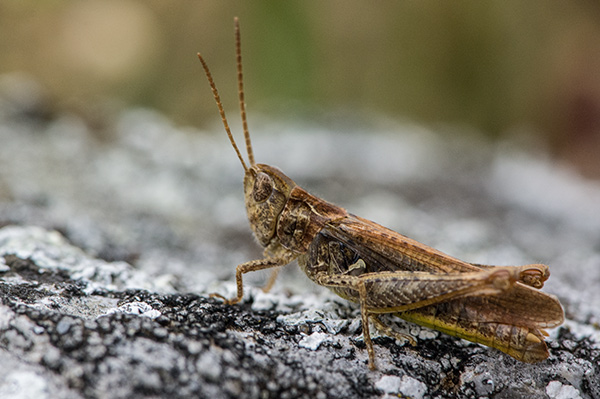Cyborg insects as remotely controlled olfactory sensors
6/29/2016, Milan Šurkala
The smell of some insects is very well developed sense and it can be used to create living biorobots. The mixture of nanotechnology and locusts can make powerful olfactory sensor that can be remotely controlled.
Hybridization of animals is the big topic and Washington University in St. Louis is one of the institutions that is dealing with it. The university have got $750,000 grant from the Office of Naval Research (ONR) for three years to develop biorobots with a great sense of smell. The idea is relatively simple. Engineered smell systems are relatively simple and they are not good enough whereas animals have quite powerful and complex olfactory sensors. Therefore, there is no need to "reinvent the wheel" according to Baranidharan Raman, professor of biomedical engineering and he wants to use the sensors of insects directly.

The simple brain of locusts is able to recognize various odours and the researchers want to monitor the activity of the brain when they are exposed to different odours. It is also able to recognize a particular odour in very complex environment with many different and overlapping odours. Because of that, some very small electronics that will monitor, collect, log and send the data is needed. The goal of these scientists is to create a living hybrid of an animal and a machine, a biorobot. The electronic part of the project was given to Shantanu Chakrabartty and his Adaptive Integrated Microsystems Laboratory.
But that is not all they want to do. The researchers also want to remotely control these insects. They plan to use biocompatible silk to create plasmonic nanostructures on the locusts' wings. With the use of generated heat, it can steer the locusts to move them towards the desired location. These nanostructures can also collect volatile organic compounds and provide an additional analysis.
Source: engineering.wustl.edu




.jpg)

.jpg)



